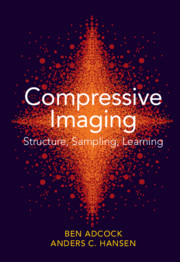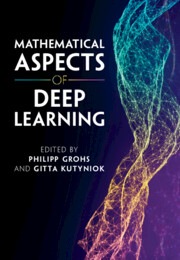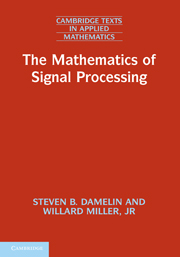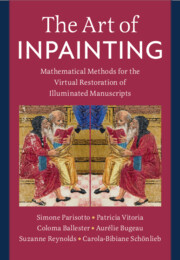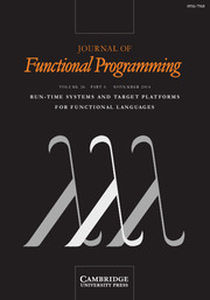Compressive Imaging: Structure, Sampling, Learning
Accurate, robust and fast image reconstruction is a critical task in many scientific, industrial and medical applications. Over the last decade, image reconstruction has been revolutionized by the rise of compressive imaging. It has fundamentally changed the way modern image reconstruction is performed. This in-depth treatment of the subject commences with a practical introduction to compressive imaging, supplemented with examples and downloadable code, intended for readers without extensive background in the subject. Next, it introduces core topics in compressive imaging – including compressed sensing, wavelets and optimization – in a concise yet rigorous way, before providing a detailed treatment of the mathematics of compressive imaging. The final part is devoted to recent trends in compressive imaging: deep learning and neural networks. With an eye to the next decade of imaging research, and using both empirical and mathematical insights, it examines the potential benefits and the pitfalls of these latest approaches.
- A practical guide to the basics of compressive imaging, including the key considerations, common pitfalls and techniques to boost performance
- Provides an in-depth and comprehensive theoretical treatment of the mathematics of compressive imaging
- Includes many examples, plus downloadable code to generate them
- Contains an extensive bibliography with over 500 references
- Provides a novel treatment of the latest advances in the field based on neural networks and deep learning
Product details
September 2021Hardback
9781108421614
614 pages
248 × 174 × 31 mm
1.34kg
Available
Table of Contents
- 1. Introduction
- Part I. The Essentials of Compressive Imaging:
- 2. Images, transforms and sampling
- 3. A short guide to compressive imaging
- 4. Techniques for enhancing performance
- Part II. Compressed Sensing, Optimization and Wavelets:
- 5. An introduction to conventional compressed sensing
- 6. The LASSO and its cousins
- 7. Optimization for compressed sensing
- 8. Analysis of optimization algorithms
- 9. Wavelets
- 10. A taste of wavelet approximation theory
- Part III. Compressed Sensing with Local Structure:
- 11. From global to local
- 12. Local structure and nonuniform recovery
- 13. Local structure and uniform recovery
- 14. Infinite-dimensional compressed sensing
- Part IV. Compressed Sensing for Imaging:
- 15. Sampling strategies for compressive imaging
- 16. Recovery guarantees for wavelet-based compressive imaging
- 17. Total variation minimization
- Part V. From Compressed Sensing to Deep Learning:
- 18. Neural networks and deep learning
- 19. Deep learning for compressive imaging
- 20. Accuracy and stability of deep learning for compressive imaging
- 21. Stable and accurate neural networks for compressive imaging
- 22. Epilogue
- Appendices: A. Linear Algebra
- B. Functional analysis
- C. Probability
- D. Convex analysis and convex optimization
- E. Fourier transforms and series
- F. Properties of Walsh functions and the Walsh transform
- Notation
- Abbreviations
- References
- Index.

